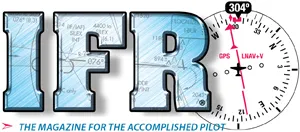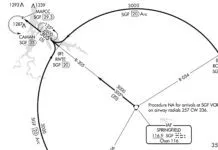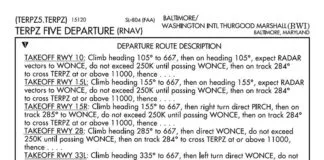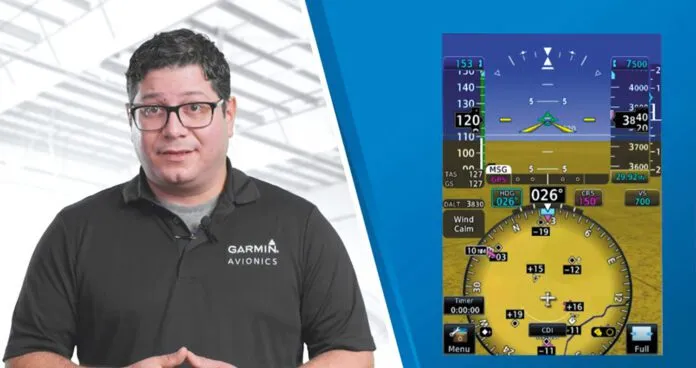
Having undertaken a major panel upgrade that I justified to myself as being for the most redundancy—not just backup—I could get, maximizing the offered safety demanded that I study the systems carefully. Garmin has that covered with both a desktop trainer and an eLearning course, specifically on their TXi system. Here’s how I undertook to transform myself from getting by to a confident user under marginal conditions.
Oh, and don’t kid yourself. If you have any experience flying behind an EFIS of any type, you can probably fly with Garmin’s TXi right after installation. But, “can probably” doesn’t mean “should” and definitely isn’t the same as “can expertly.”
The Pieces
You’ll need at least four pieces to complete this journey. The first is Garmin’s TXi Trainer application. This is available for an iPad and for Windows. Take your pick, although the Windows version is far more complete, including navigators you might have, while the iPad version just has the TXi. These are free and are downloaded from Garmin.com/TXiTrainer via the Platforms tab.
While your airplane is in the shop for your upgrade, you might want to spend some quality time pushing buttons and exploring options on that trainer. At the least, this will allow you enough familiarity to make your first couple VFR flights.
The second piece, obviously, is your airplane equipped with the TXi. This system is so versatile with so very many options, that it’s unlikely for any two installations to be exactly the same. Thus, while the trainer can be of tremendous help, it’s no substitute for the real thing as configured specifically in your airplane.
Of course, to give you time to practice in your airplane on the ground, you’ll want ground power. For my 24-volt airplane, I chose the Schauer JAC2024H-CEC available from Aircraft Spruce for $415. Its 20-amp capacity proved sufficient, but not extravagant. A similar unit is available for 12-volt aircraft.
The last piece you’ll want is Garmin’s TXi Essentials eLearning Course. There is a charge for this course, but with your TXi purchase you should get a coupon that gives you complimentary access. The coupon has an expiration date listed as 90 days, so don’t dally. You might even try to get the coupon from your dealer during the installation to begin your training. Once installed, the eLearning course remains available for two years.
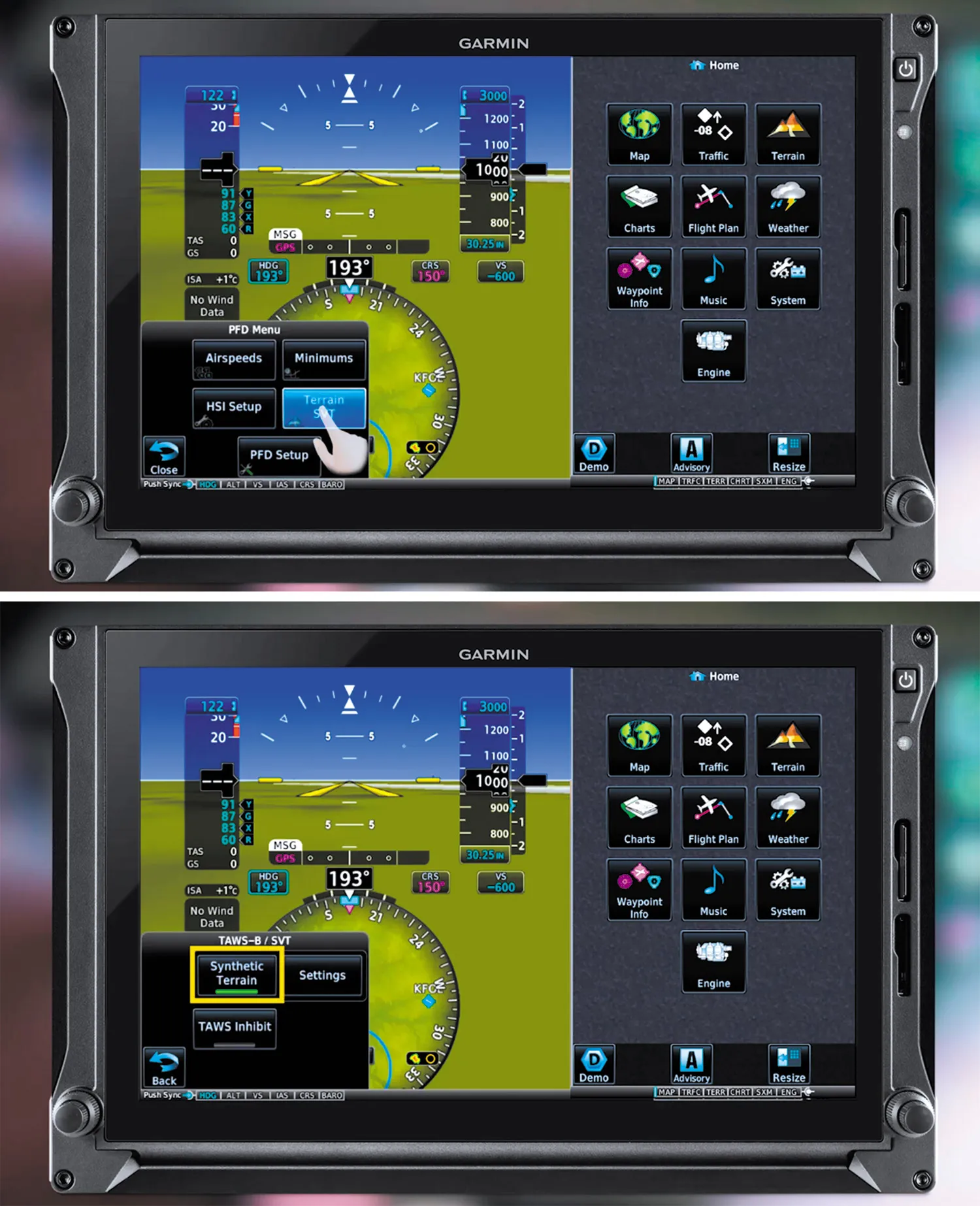
My Process
My previous panel sported an original G500. I mistakenly assumed that would give me a leg up with the G500 TXi that replaced it. Uh, not really. They’re two completely different systems with different user interfaces. However, they’re both still EFIS with a PFD and an MFD, so there is some functional overlap.
Nonetheless, during the months my plane spent at the avionics shop for the upgrade, I did spend significant time with the trainer. That helped a lot. When I finally got in the plane, I knew what I wanted to do and (sort of) knew how to do it, but I was far from fluid and definitely had to carefully think through each step. But, that familiarity was enough to get me home on a benign-weather day.
Once at home in my hangar, I then spent a good deal more time in the airplane, further exploring how things worked. This allowed me to gain more confidence and with that I actually got to the point where I could do most simple tasks without too much thought.
I then took a three-week trip in the airplane, flying every third day or so, traversing weather from severe clear to low IMC. That included a few approaches and avoiding some weather, which both served to increase my experience and comfort with the new boxes.
Finally, after that trip, I undertook the TXi Essentials eLearning Course, after which I spent a few more hours in the airplane with ground power. The course didn’t much expand my comfort with the TXi, but it did teach me some new things that made life easier. I spent over five worthwhile hours on the course. I might well go through it again because there’s a vast amount of information that sometimes comes quickly, so I want to make sure I didn’t miss anything.
That’s the process I followed, although it probably would have been better to go through the course before my big trip.
eLearning
Garmin has done a good job producing these eLearning videos. The courseware is presented via a web browser, so you can go through it on any platform and even move back and forth between platforms like your iPad and your desktop computer. I did struggle at first trying to navigate on my iPad, but quickly figured it out. There are some navigation anomalies on the iPad, however, so I found that the course worked a bit better on my Windows desktop computer.
After you make it through all the lessons, you ride along on a flight where that same instructor walks the “student” through the TXi setup and operations. This is a superb way to bring all the learning into focus on a sample flight.
When you’re finished with the course, you can even claim FAA WINGS credit for the course.
Don’t Forget the GTN Xi
Part of my upgrade included swapping out an original GTN 650 and an SL30 navcom for new Xi navigators—a 650 and a 750. I didn’t devote much energy (okay, “any energy”) to learning the Xi navigators since I had already spent years behind my original GTN. While this reasoning was mostly sound, some of the differences with the Xi series did emerge and bite me, driving me to the manual.
Years ago I tried tuning the radios using the touchscreen methods and just found them awkward, so I stuck with the tried and true old-fashioned way, using concentric knobs.
Jumping into my airplane after the upgrade I did the same thing … only to get different results. With the Xi, Garmin changed the default action of the concentric “tuning” knobs to be a quick navigation through the various screens. Okay, that threw me off, but I adapted. (…to later find that the default action of these knobs between screen navigation and tuning was a user option.)
Anyway, my advice is that if you’re moving to the GTN Xi from a GNS navigator, you really need to learn the device. Do not just jump in and assume your expertise with the GNS will let you use the GTN. It won’t. Just like there’s a TXi eLearning Course, your purchase of the Xi gives you a coupon for the GTN Essentials 2.0 eLearning Course. Use it.
And, if you’re coming from an original GTN, it still wouldn’t hurt to review the GTN Essentials 2.0 eLearning Course as a refresher and what you’ve missed, so you aren’t left scratching your head and wondering what happened the first time you try to tune the radio.
The Result
After all this training and self-study, I’m by no means an expert yet on my new panel, but I do feel confident behind it. Occasionally I still want to do something that takes me a moment of fumbling around, but I always get there. Plus, that occasional fumbling was still the case with my previous panel after about a decade, so maybe this is as good as it gets.
